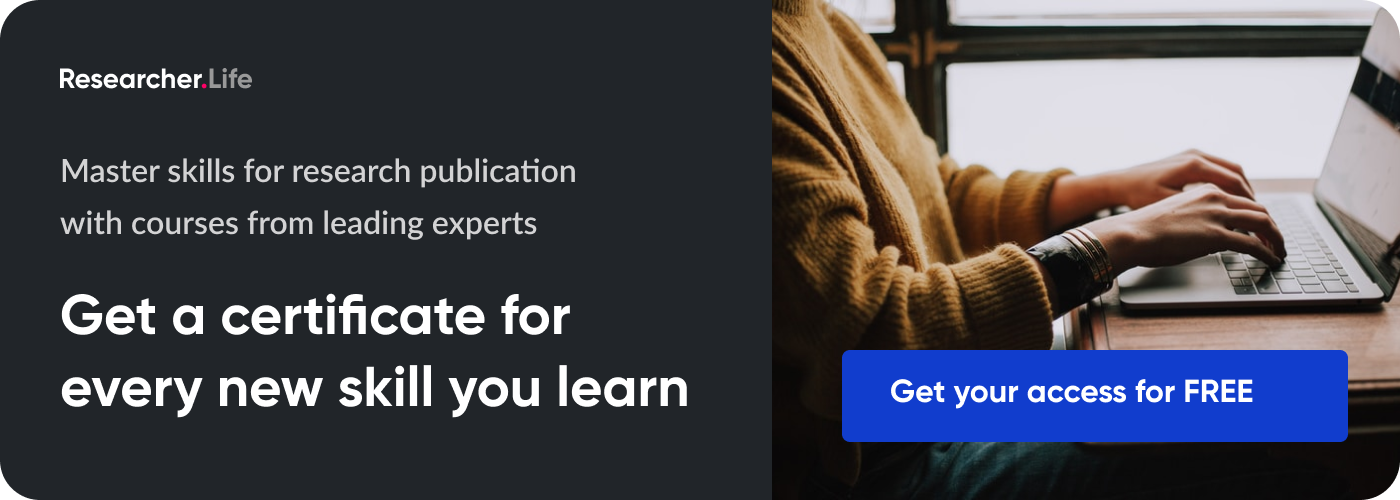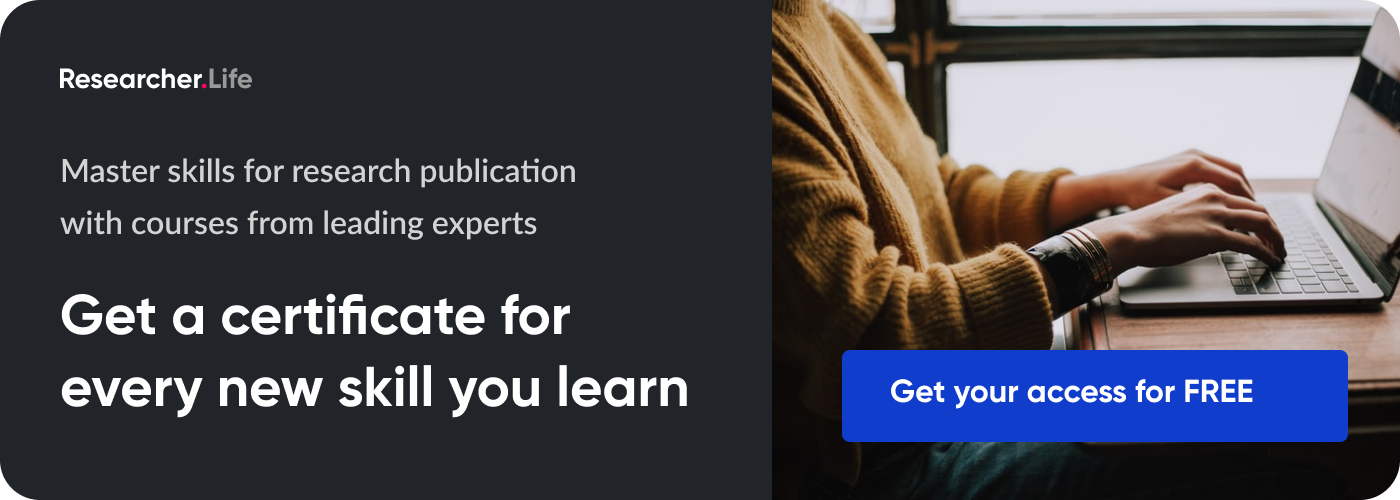8 Tips for presenting a paper at an academic conference

Presenting at an academic conference is an important part of a researcher's life, and is an opportunity that most young researchers look forward to. However, while it is no doubt an exciting experience, it presents a scary prospect for most researchers. It is natural for even senior and experienced researchers to feel a tad nervous while addressing a large audience, but for young researchers who are presenting for the first time, the whole process can be overwhelming.
The key to an effective conference presentation lies in being well-prepared. Here are a few tips that will make the process smoother for you:
1. Write your paper with the audience in mind: A conference paper should be different from a journal article. Remember that your paper is meant to be heard, not read. Audiences typically have lower attention spans than readers; therefore, keep the content simple and straightforward. Structure the paper well, with a clear introduction, body, and conclusion. Use language that is simple and clear. Explain any technical terms that you have used and provide a quick recap of the main points wherever needed.
2. Adhere to time limits: Generally, paper presentation sessions at conferences are 20-30 minutes long, so prepare your material accordingly. Also, be prepared for any last-minute changes in session timings. If you have been allotted 20 minutes, be ready with a short skeleton outline, just in case the speaker before you has overshot his/her time limit and you only get 10 minutes to present. Conversely, keep some extra material handy because you may get 30 minutes instead of 20.
3. Rehearse in front of a friend: Reading in your mind will not help you keep time simply because reading aloud in front of an audience takes longer. Rehearsing a few times in front of a friend or in front of the mirror, so that you are familiar with the content, will boost your confidence. Recording a video of your practice sessions is also a good idea as you can view them later and understand where you need to improve. However, don’t rehearse too much just before the actual session, or your voice might sound dull and tired.
4. Start confidently: How you begin your presentation matters a great deal. You will have to gain the audience’s confidence and attention within the first 10-20 seconds of your session. Begin with a quick introduction about yourself as this will help establish your credibility. Make sure you prepare for this in advance. Carefully select a few highlights and be ready with a brief self-introduction. Here’s an example: “Good morning everybody! My name is Tom Smith. I am a post graduate in medicine from the University of Michigan, New York and I have spent the past five years working at the Department of Internal Medicine, JJ Hospital. Today, I am going to present a paper titled …..”
5. Maintain eye contact with the audience: As you begin your presentation, smile. Be calm, and breathe deep. This will help you relax and dissolve any awkwardness between you and the audience. Be mindful of your posture: stand straight and hold your head up. This will help you make eye contact with the audience and will also make your voice more audible. Do not read to the desk. Talk clearly, loudly, and energetically. But don’t be too fast: remember that there could be people in the audience whose native language is not English. Take advantage of pauses to look up at your audience, give your audience time to react to what you say, or to let what you said sink in, or to just let yourself breathe and be more composed.
6. Use transitions: Remember to use transitions when moving from one idea to another: transitions ensure a smooth flowing presentation. Some useful transitions are “furthermore,” “in addition,” “consequently,” “meanwhile,” “finally,” etc. When using the same idea twice, you can begin with “A similar idea is” or “Another example is,” etc. When giving a point-by-point explanation, it is best to mention the total number of points at the outset; for example: “There are reasons for this. The first reason is….; the second reason is; etc.” This approach will help readers keep track of the points you are discussing. Additionally, sometimes a simple pause or a direct statement such as “Let’s move to the next part of the presentation” or “To move on to another idea” is also an effective way to introduce a new section, idea, or perspective.
7. Encourage questions and discussions:
Bonus takeaway exclusively for community members
If you don’t understand a question, you could ask for it to be rephrased. Don’t worry if you don’t know the answer to one or two questions: you can thank the person for raising it, saying that you have not explored this angle, but will definitely think about it. If there are no questions, you can give a cue by pointing out a weakness of the paper. However, don’t be too bothered if there aren’t any questions even after you’ve asked a few times.
8. Ensure that the closing is natural: Ask if there are any questions, offer your contact information, and tell the audience that you would be open to receiving questions from them over email. If there are questions, answer them. If there aren’t any questions, just say thank your audience for attending the session and walk off the stage. However, do not leave the room immediately. People might come to you with questions that strike them after you have concluded the presentation, or might want to talk to you one-on-one.
Browse through this SlideShare for a quick summary of the article:
Related reading:
- Considering presenting a paper at a scholarly conference? Choose carefully
- What are the basic rules for submitting the same research to a conference and a journal?
- How to network at a conference
References:
- https://www.timeshighereducation.com/features/ten-tips-presenting-conference-paper
- http://www.lancaster.ac.uk/fass/organisations/canadian/general%20documents%20not%20password%20protected/presenting%20a%20conference%20paper.pdf
- https://www.experience.com/alumnus/article?channel_id=engineering&source_page=Additional_Articles&article_id=article_1203704702841
- https://www.historians.org/publications-and-directories/perspectives-on-history/may-2008/conference-rules-everything-you-need-to-know-about-presenting-a-scholarly-paper-in-public
Create a free account and access this bonus resource

Published on: Oct 12, 2016
Comments
You're looking to give wings to your academic career and publication journey. We like that!
Why don't we give you complete access! Create a free account and get unlimited access to all resources & a vibrant researcher community.

Subscribe to Career Growth










